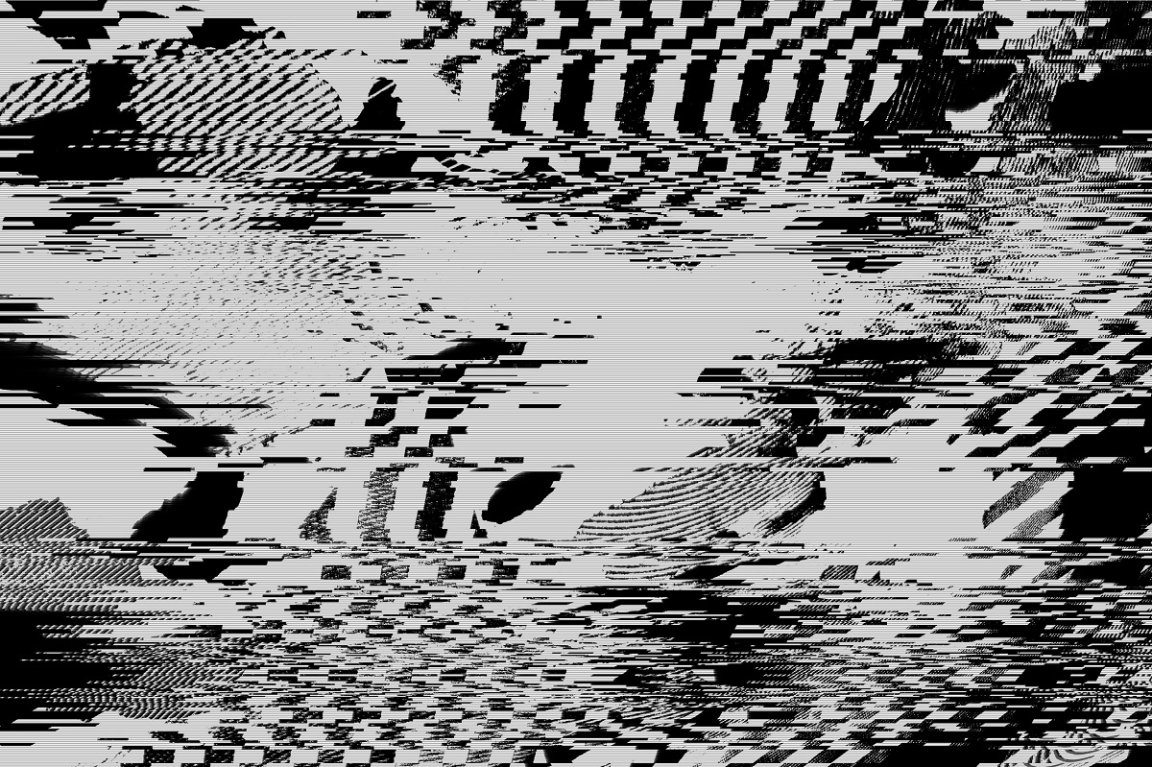
The quantum realm holds terrifying implications, insinuating so much uncertainty into our mundane, ordered view of reality.
With that in mind, have you considered that our entire universe may actually be suspended in a “false vacuum,” or in a state of faux-stability, and is merely waiting to collapse into a more stable state?
Because scientists studying quantum field theory — a framework that combines quantum mechanics, relativity, and basically all of physics — definitely have. And in a new study published in the journal Nature, researchers have simulated the processes behind this phenomenon, perhaps giving us a glimpse at how the world could dramatically end.
“We’re talking about a process by which the universe would completely change its structure,” said study lead author Zlatko Papic, a professor of theoretical physics at the University of Leeds, in a statement about the work. “The fundamental constants could instantaneously change and the world as we know it would collapse like a house of cards.”
The false vacuum theory isn’t new. But the researchers believe that their work is some of the first to simulate the mechanics behind the phenomenon on a large scale.
What does it mean to be in a false vacuum? The idea suggests that the apparent lowest energy state throughout the cosmos, known as vacuum energy, is only temporary; in the future, it will decay — or plunge— to an even lower baseline.
“This phenomenon is comparable to a rollercoaster that has several valleys along its trajectory but only one ‘true’ lowest state, at ground level,” said coauthor Jean-Yves Desaules at the Institute of Science and Technology Austria in the statement.
If true, we’re currently saddled in one of those “valleys” in a state of so-called metastability. Temporarily, albeit on the cosmic scale of millions or perhaps billions of years.
“If that is indeed the case, quantum mechanics would allow the universe to eventually tunnel to the lowest energy state or the ‘true’ vacuum and that process would result in a cataclysmic global event,” Desaules added.
At the heart of the theory are bubbles. Not the soda kind, but regions of “true vacuum” forming in the false vacuum. It’s hypothesized that the formation of these bubbles will precipitate vacuum decay across the cosmos, perhaps not unlike a shaken-up soft drink that abruptly explodes all over the place.
But the nitty-gritty physics of these bubbles has been difficult to pin down. So to explore these pernicious little structures, the researchers used a cutting-edge quantum machine known as a quantum annealer to simulate bubble formation in a system transitioning from a false to true vacuum.
Armed with 5564-qubits, the basic units of quantum information, the annealer simulation revealed just how complex the bubble interactions are. The most important finding, according to the authors, is that the size of the bubbles are determined by volume energy gain and surface energy loss, which aligns with the theory.
“It’s exciting to have these new tools that could effectively serve as a table-top ‘laboratory’ to understand the fundamental dynamical processes in the universe,” Papic said.
The takeaway? We need to understand how these bubbles interact, and not just just form, to really wrap our heads around vacuum decay. Though in case those implications are too esoteric, the researchers believe that understanding the bubble interactions could help correct errors in quantum computers, whose underlying qubits are notoriously unstable.
More on cosmology: Physicist Says There’s Another Universe Hiding Behind the Big Bang